You’ve got the message, you’ve got the visuals, your social channels are ready to go…but how do you reach the people who need to see it?
Social media is one of the most valuable channels your pharmaceutical brand can use to reach patients, customers and healthcare decision-makers, drive engagement and build your business. However, you must always consider regulatory challenges and how this may affect what you can (and can’t) say!
Let’s take a look at how best to reach your target audience.
Facebook has some amazingly advanced tools to target your audience down to a really small niche of people.
We all know how important it is to reach doctors when they are in healthcare practitioner mode – interacting with patients, consulting with their peers, at the point of prescribing or doing research. But we can’t forget how important it is to engage with the doctors while they are also in their everyday mindset. Someone who is a Dr is also a Mr or a Miss, and they, too, engage with consumer channels because they are also consumers!
According to MedData Group, 72% of physicians surveyed were active on Facebook weekly, and 38% were active on Instagram and LinkedIn weekly.
So, what restrictions do Facebook have in place?
You can’t:
- Promote the sale of drugs – to stop illegitimate companies selling unsubstantiated products that are misbranded
- Imply that someone has a disease – to ensure the ‘over the shoulder’ view of a page doesn’t release private information
- Target people who like other pages – to ensure that users don’t learn to avoid ‘liking’ pages
You can:
- Encourage them to learn about your brand
- Encourage people to speak to their doctor about your brand
Targeting
- Conditions – If you can find a condition in the ad tool, you can use it
- Target consumers based on brands (your own or your competitors!)
- Use a lookalike audience – use your current list and target other users who ‘look like’ them.
- Broad targeting – Try not to be too prescriptive; the ad tool is smart enough to find people interested in your keywords!
Sponsored Posts
Sponsored posts are more flexible than other ads and allow you to promote larger pieces of content.
X
X is pretty clear on its stance on promoting pharmaceutical products.
Their statement is as follows:
“X restricts the promotion of health and pharmaceutical products and services. These restrictions are based on the specific product or service being promoted, as well as the country that the campaign is targeting.”
When running ads on X, it’s essential to check what you are promoting and which country you are targeting, as this affects whether it will be restricted.
Youtube
Google say they are “dedicated to following advertising regulations for healthcare and medicine, so we expect ads and destinations to follow appropriate laws and industry standards.”
In the UK, you can only advertise OTC medicines to consumers, so it is to be expected that on YouTube, you can only promote OTC medicines in the UK and only to the UK and other countries that allow it. You are, of course, not allowed to target locations where you are not licensed.
Thinking it would be great to target HCPs in work mode on Linkedin? Think again.
LinkedIn’s response to branded drug ads is a hard “no.” Their wording is:
“Even if legal in the applicable jurisdiction, LinkedIn does not allow ads related to prescription pharmaceuticals, drugs or any related products or services.”
So, there you have it. Don’t miss out on your target audience because you think advertising on social will be too difficult. If you follow the rules and have a strong campaign, you can get amazing results on social media and reach HCPs and consumers where they are spending their free time!





